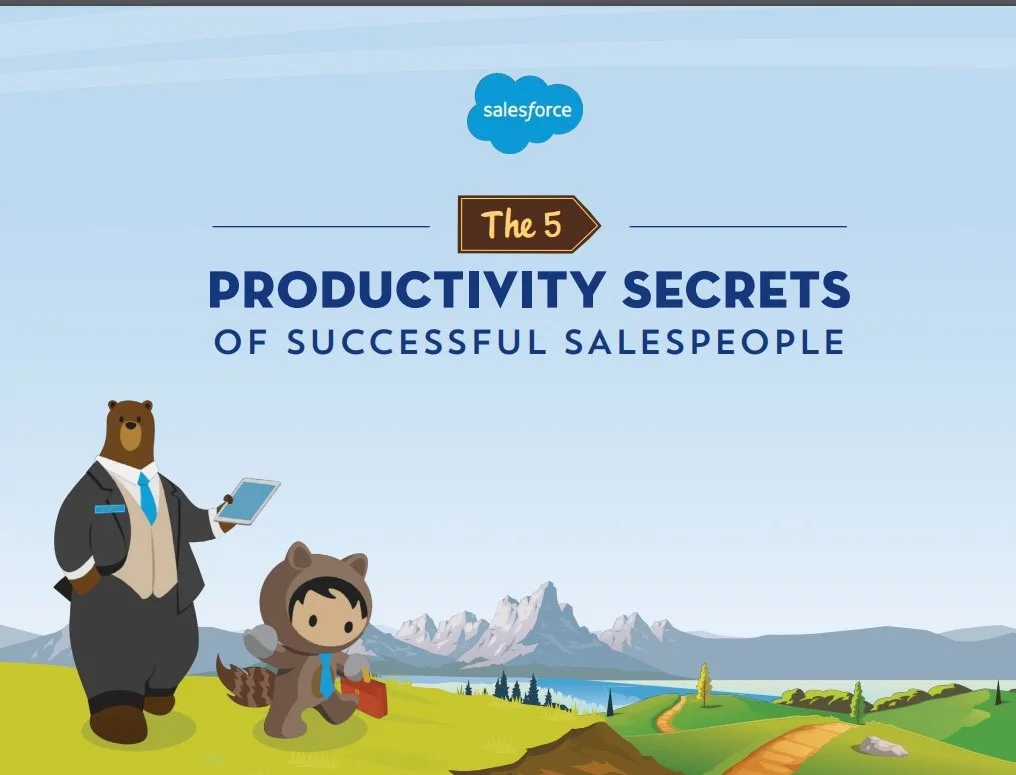https://predictablerevenue.com/templates
I have been reading the book, Predictable Revenue by Aaron Ross and Marylou Tyler.
Love it!
It is highly relevant for startups seeking to improve their sales prospecting process.
It is connected to a website, https://predictablerevenue.com with an additional Templates section.
The templates contain the following resources:
- 3 Goals Today
- Outbound day in a life template
- Advisor email templates
- Predictable Revenue Cheat Sheet
- Videos by Aaron Ross on tripling your growth
For me the Predictable Revenue Cheat Sheet is by far the best. If you like the message then check out the book!










